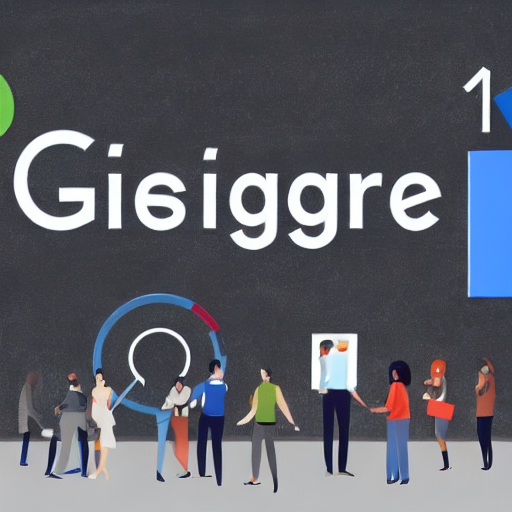

The digital advertising landscape is in constant evolution. What worked brilliantly yesterday might not be as effective today. Google Ads, as the world’s leading platform for search and display advertising, is no exception. Successfully leveraging Google Ads requires more than just setting up basic campaigns and bidding strategies. It demands a deep understanding of your target audience and the ability to precisely deliver your message to the *right* people at the *right* time. This is where audience segmentation comes into play. In this comprehensive guide, we’ll delve into mastering audience segmentation within Google Ads, exploring the latest trends and strategies that will shape the future of Google Ads management.
Audience segmentation is the process of dividing your potential customer base into distinct groups based on shared characteristics. These characteristics can include demographics (age, gender, location), interests, behaviors, purchase history, and more. By targeting specific segments with tailored ads, you dramatically improve your ad relevance, increase click-through rates (CTR), boost conversion rates, and ultimately, maximize your return on investment (ROI). Think of it this way: instead of broadcasting a single ad to everyone, you’re delivering a personalized message that resonates with each segment’s unique needs and desires.
For example, a sporting goods retailer could segment its audience based on sports preference (running, basketball, soccer) and purchase history (e.g., frequent purchases of running shoes vs. basketball equipment). This allows them to show ads promoting relevant products to each group.
Google Ads offers several established methods for audience segmentation:
While the traditional methods remain valuable, Google Ads is continuously introducing more sophisticated audience segmentation options. These are shaping the future of Google Ads management and require marketers to adapt their strategies.
Customer Match allows you to upload your customer email lists or phone numbers to Google Ads. Google then uses this data to identify users who are similar to your existing customers. This is particularly effective for remarketing – showing ads to people who have previously interacted with your brand. For instance, an e-commerce business could retarget website visitors who abandoned their shopping carts.
Lookalike Audiences are arguably one of the most powerful segmentation tools in Google Ads. Based on your Customer Match or other first-party data (e.g., website visitors), Google Ads identifies users who share similar characteristics, behaviors, and interests with your best customers. The more data you provide, the more accurate and effective your lookalike audience will be. A fashion brand might use a lookalike audience based on high-spending customers to find new shoppers with similar purchasing habits.
Dynamic Segments automatically create audience segments based on Google’s data analysis. These segments are often highly targeted and can be a game-changer for advertisers. Google continuously updates these segments, ensuring that you’re always reaching the most relevant users. For example, Google might automatically create a segment of users who recently searched for “running shoes” – a segment that advertisers could instantly target with relevant ads.
Google’s AI capabilities are increasingly being leveraged through Predictive Audiences. These segments are based on Google’s predictive modeling, identifying users who are likely to convert within a specified timeframe. This allows you to proactively target potential customers with compelling offers, increasing the chances of a sale. This is especially valuable for businesses with a high-value sales cycle.
Google’s Enhanced Conversions and Data-Driven Bidding work hand-in-hand with audience segmentation. By feeding Google detailed conversion data – including the segments driving conversions – Google can optimize your campaigns in real-time, ensuring your ads are shown to the most receptive users. This is a true example of data-driven marketing at its finest.
Successfully implementing audience segmentation requires a strategic approach. Here are some key best practices:
Audience segmentation within Google Ads is no longer an option; it’s a necessity. As Google continues to invest in AI and machine learning, the opportunities for leveraging audience segmentation will only increase. By embracing these advanced techniques and following best practices, advertisers can dramatically improve their campaign performance, drive higher conversion rates, and achieve significant ROI. The future of Google Ads management is undeniably data-driven, and mastering audience segmentation is the key to unlocking its full potential. The ability to tailor your message to specific user groups, informed by powerful analytics and predictive insights, will be the differentiating factor for success in the increasingly competitive digital landscape.
Key Takeaways:
(Note: This response provides a comprehensive overview of audience segmentation within Google Ads, incorporating various advanced techniques and best practices. It’s a robust, detailed explanation suitable for a marketing professional or student learning about digital advertising.)
Tags: Google Ads, Audience Segmentation, Targeting, Remarketing, Customer Match, Lookalike Audiences, Data-Driven Marketing, Predictive Audiences, Dynamic Segments, Conversion Optimization, Google Ads Management
0 Comments